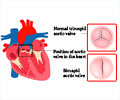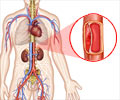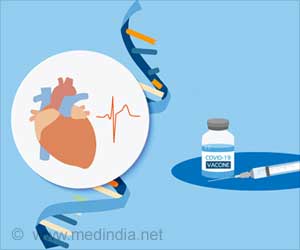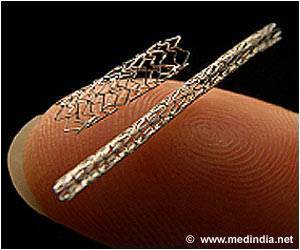The guidelines to assess and diagnose acute aortic syndrome will help clinicians with decision-making based on the local circumstance and needs of the patient. It will help individualize treatments and prioritize the high-risk group.

TOP INSIGHT
The rate of misdiagnosis of acute aortic syndrome is estimated to be as high as 38%, and the risk of death can increase by 2% for every hour of delay in diagnosis.
Read More..
The target audience for the guideline includes emergency physicians, primary care clinicians, internists, radiologists, vascular surgeons, cardiothoracic surgeons and critical care physicians as well as decision-makers and patients.
"This guideline is intended as a resource for practising clinicians, both as an evidence base and a guide to investigation for this high-risk aortic catastrophe," writes Dr. Robert Ohle, an emergency physician at the Health Science North Research Institute, Northern Ontario School of Medicine, Sudbury, Ontario, with coauthors.
Recommendations include assessment of risk factors, pain features and high-risk physical exam findings to establish pre-test disease risk. Risk factors include connective tissue disease, aortic valve disease, recent aortic procedure, aortic aneurysm and family history of AAS. High-risk pain includes sudden-onset or thunderclap pain, severe or worst-ever pain, tearing, migrating or radiating pain. High-risk physical exam findings include aortic regurgitation, pulse deficit, neurological deficit and hypotension/pericardial effusion.
The new guideline for diagnosis recommends no investigation of those at low risk, D-dimer testing of people of moderate risk and immediate electrocardiogram-gated computed tomography (CT) of the aorta for high-risk individuals.
The guideline can be adapted by clinicians based on local circumstances, as a one-size-fits-all approach may not be feasible.
Source-Eurekalert
 MEDINDIA
MEDINDIA




 Email
Email




